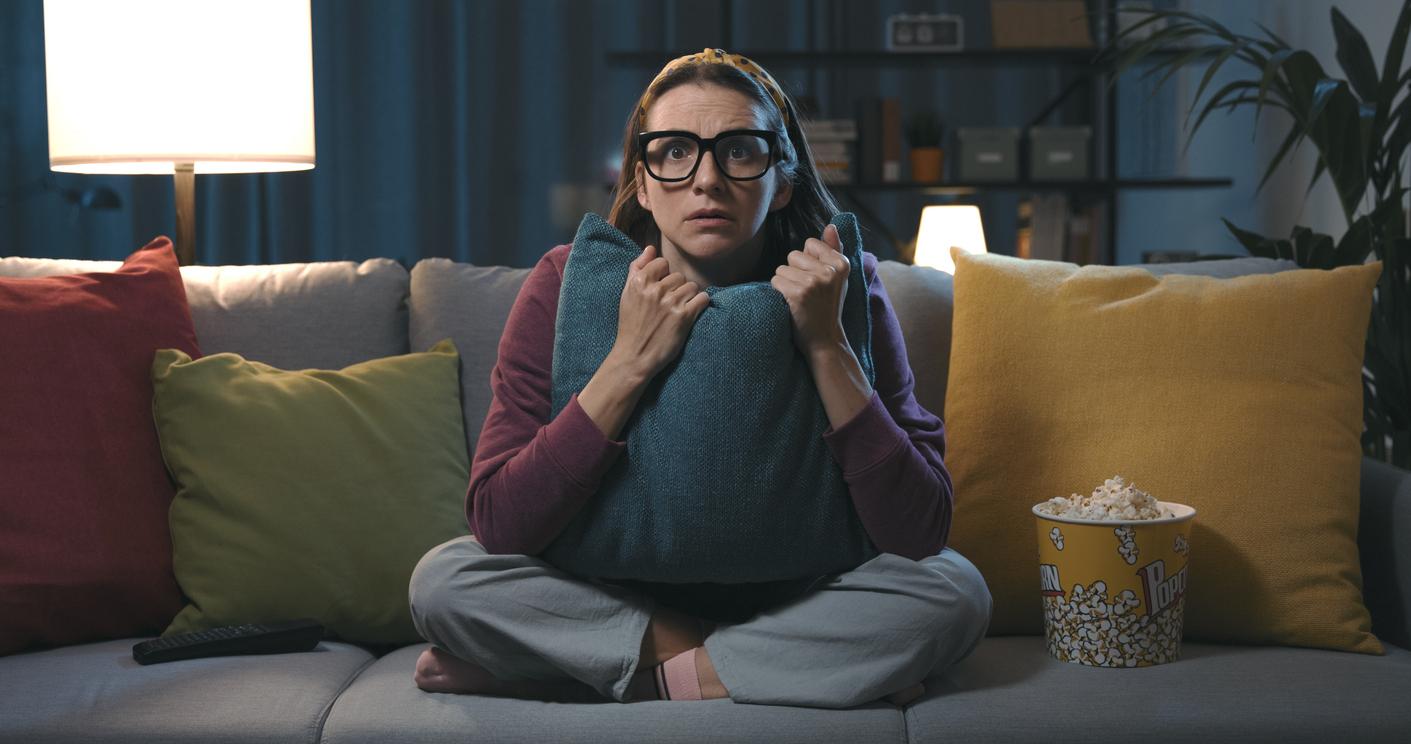Neuroscientists have been able to map the brain in unprecedented ways by examining people’s brain reactions to film clips.

- The study shows that different neural networks are activated depending on the type of film scene (characters, objects, actions).
- By analyzing fMRI data, the researchers identified 24 networks, including so-called “executive control” regions, which are activated during complex scenes requiring more reflection.
- This discovery opens the way for individualized research to explore how these networks vary according to age or in the presence of psychiatric disorders.
For the first time, neuroscientists have succeeded in creating a functional map of the brain with unprecedented precision by analyzing the brain reactions of volunteers… watching film scenes. Until now, research on functional brain networks was mainly carried out at rest, that is to say without external stimuli. However, the brain is much more responsive when it is stimulated by images or sounds.
Published in the journal Neuronthe new study shows precisely how different neural networks activate depending on the observed extracts, which were taken from films like Inception, The Social Network or even Mom, I missed the plane. Researchers at the Massachusetts Institute of Technology (MIT) were thus able to identify distinct networks involved in the processing of characters, objects, actions or dialogues.
When the brain goes into “thinking mode”
To do this, the team used a functional magnetic resonance imaging (fMRI) database from scans of 176 young adults who watched about an hour of short film clips. By analyzing this data using machine learning techniques, the researchers were able to identify 24 specific neural networks responsible for processing human faces, bodies, movements, social interactions, and even language.
One of the major discoveries concerns the so-called “executive control” regions, activated during complex tasks requiring a high cognitive load. In difficult-to-follow movie scenes, these brain regions activate to help understand context, interpret subtleties, or resolve ambiguities. Conversely, in extracts that are easy to interpret, such as clear dialogues, it is the specialized regions (for example those of language) which take over. This is logical: simple scenes mobilize specific areas of the brain, while complex scenes, requiring a deeper understanding, involve more general networks.
Towards a better individualized understanding of the brain
The results of this study could open new perspectives in understanding the brain. Indeed, researchers now wish to explore how these functional networks differ from one individual to another, particularly depending on age or in the case of psychiatric or developmental disorders.
“Studying the brain maps of individual subjects would allow us to link each person’s neural configuration to their behavioral profile”they specify in a press release. This research could help to better understand how our brain perceives and interprets stimuli as complex as movie scenes, and perhaps even reveal clues about our own way of thinking and feeling about the world around us.















